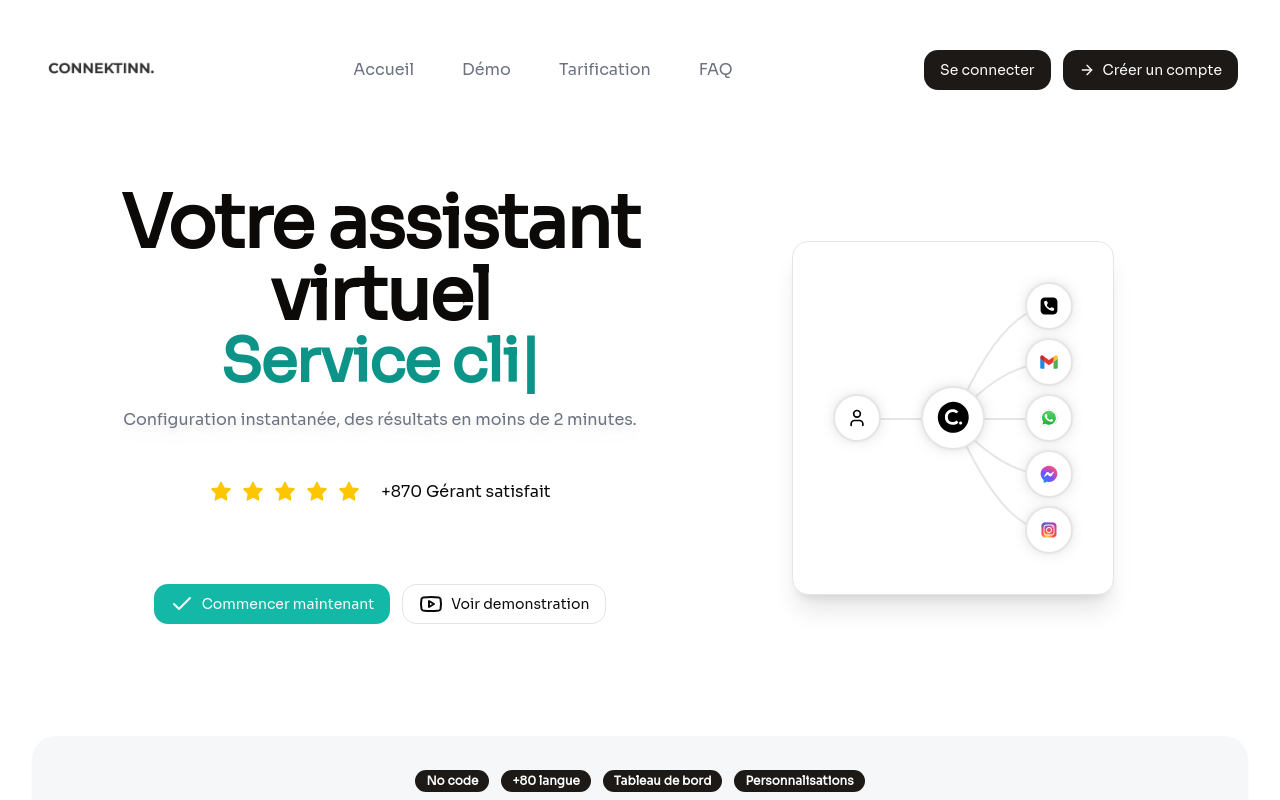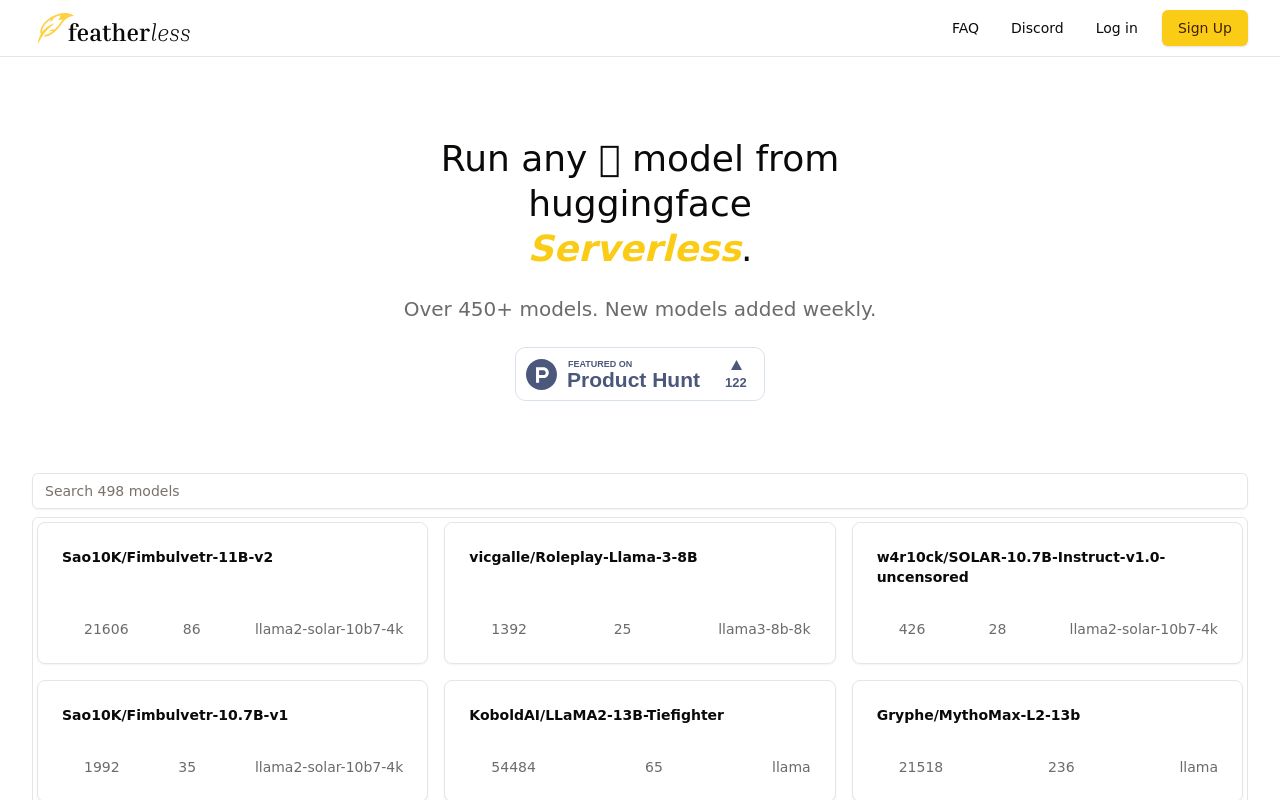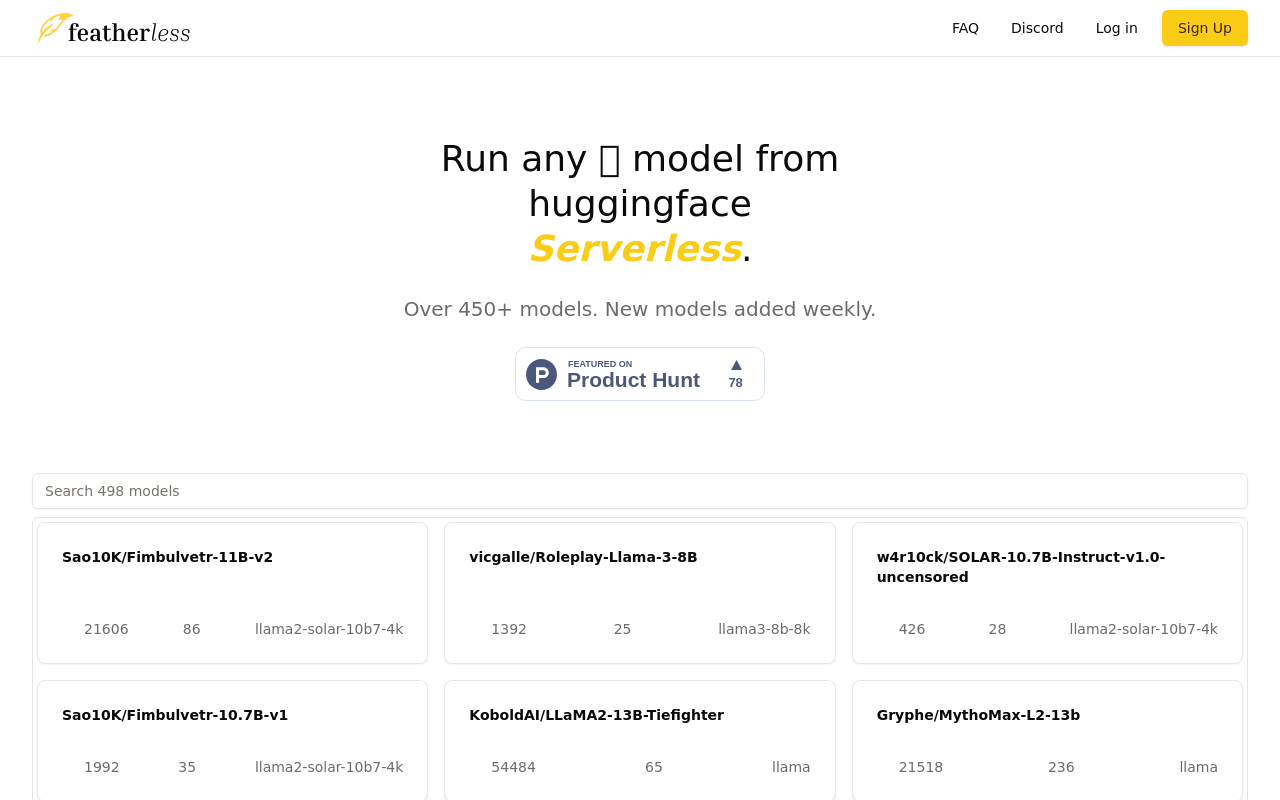Creating Assessment Tasks Based on Learning Objectives
Revolutionize your assessment creation process with this powerful AI-driven workflow based on learning objectives.
Best for:
- Educators
- Instructional Designers
- Academic Professionals
Use cases:
- Generating learning objectives
- Creating targeted assessment tasks
- Improving student learning outcomes
Users like:
- Education
- Training and Development
- Curriculum Design
What is Creating Assessment Tasks Based on Learning Objectives?
Quick Introduction
Creating effective assessments can be quite challenging for educators. If you’ve ever struggled to ensure that your assessment tasks measure the right skills and knowledge, you’re not alone. The ‘Creating Assessment Tasks Based on Learning Objectives’ workflow, introduced by MindPal, is designed to significantly enhance the way you approach the creation of assessments. This tool guides educators through a streamlined process, ensuring that each assessment aligns perfectly with the desired learning objectives.
Ideal for educators, instructional designers, and academic professionals, this workflow draws upon Bloom’s Taxonomy to generate clear, measurable learning objectives. It then creates specific assessment tasks in accordance with those objectives, ensuring that you are accurately targeting the necessary cognitive skills. By leveraging this advanced AI-driven solution, you can save time, reduce complexity, and improve educational outcomes.
Pros and Cons
Pros:
- Time Efficiency: This tool significantly reduces the time needed to create effective assessments, allowing educators to focus on teaching and interaction.
- Alignment with Bloom’s Taxonomy: Ensures all tasks are aligned with specific cognitive skills, making the assessments more meaningful and focused.
- Improved Reliability: Offers confidence that assessment tasks will measure the intended skills and knowledge accurately.
Cons:
- Learning Curve: There’s a slight initial learning curve to fully understand how to maximize the tool’s capabilities.
- Dependency on Technology: Reliance on AI might be daunting for less tech-savvy educators who prefer traditional methods.
- Limited Customization: Despite its powerful template, highly specific customization might be constrained by the software’s preset functionalities.
TL;DR
- Generates learning objectives based on Bloom’s Taxonomy
- Creates targeted assessment tasks based on these objectives
- Enhances assessment reliability and educational outcomes
Features and Functionality
- Learning Objectives Generation: Automatically generates clear and measurable learning objectives derived from Bloom’s Taxonomy.
- Task Alignment: Crafts tasks that are perfectly aligned with the defined learning objectives, ensuring relevance and measurability.
- Workflow Customization: Allows users to save results, add personal data for context, and further refine the workflow.
- Data-Driven Insights: Provides invaluable insights and analytics to enhance teaching practices and improve student outcomes.
- Simplified Interface: A user-friendly interface designed to minimize complexity, making it accessible for all educators.
Integration and Compatibility
The ‘Creating Assessment Tasks Based on Learning Objectives’ workflow integrates seamlessly with MindPal’s workspace tools. Users can save and customize their workflows, share results with colleagues, and leverage the broader suite of MindPal’s productivity applications.
Do you use Creating Assessment Tasks Based on Learning Objectives?
There are currently no specific programming language requirements, making it broadly accessible across platforms.
Benefits and Advantages
- Improved Accuracy: Aligns assessments with cognitive skills, improving the validity and reliability of assessments.
- Time-Saving: Drastically reduces the time required to develop quality assessments.
- Enhanced Teaching: Provides data-driven insights that help improve overall teaching practices and student learning outcomes.
- Ease of Use: User-friendly interface simplifies the complex process of assessment creation.
- Data-Driven Focus: Uses analytics to help educators identify gaps and areas needing improvement in their teaching strategies.
Pricing and Licensing
While detailed information on pricing and licensing is currently not available, MindPal offers a range of AI solutions catering to various needs. It is advisable to visit their website or contact their sales team to gain detailed insights into available plans and tiers.
Support and Resources
MindPal offers extensive support options, including comprehensive documentation, customer service, and a community forum. Their help resources are designed to assist users in navigating and maximizing the tools available, ensuring that even those new to AI-driven solutions can leverage the full power of the workflow.
‘Creating Assessment Tasks Based on Learning Objectives’ as an Alternative to:
Compared to other assessment creation tools, this workflow by MindPal stands out due to its emphasis on learning objectives derived from Bloom’s Taxonomy. While traditional assessment tools offer generalized templates, this workflow ensures precision and alignment, thus delivering more meaningful and targeted assessments.
Alternatives to ‘Creating Assessment Tasks Based on Learning Objectives’:
- Quizlet: Ideal for creating quick, engaging quizzes and flashcards but may not offer the same depth of alignment with learning objectives.
- Google Forms: Great for simplicity and accessibility, but lacks the intricate, guided workflow that ensures assessments are aligned with specific cognitive skills.
- Kahoot!: Excellent for interactive quizzes and immediate feedback, however, it focuses more on gamification and less on in-depth learning objectives alignment.
Conclusion:
The ‘Creating Assessment Tasks Based on Learning Objectives’ workflow is an invaluable tool for educators and instructional designers. It simplifies the creation of meaningful, targeted assessments, thereby enhancing educational outcomes. By aligning assessments with Bloom’s Taxonomy, the tool ensures reliability and efficiency, making it a must-have for modern educational practices.



